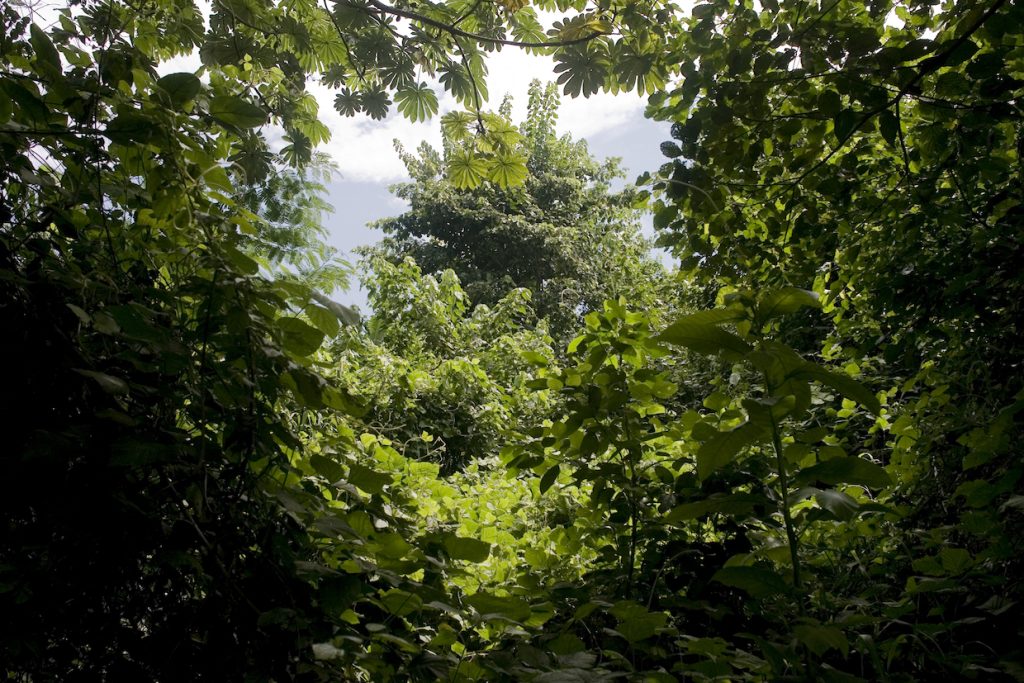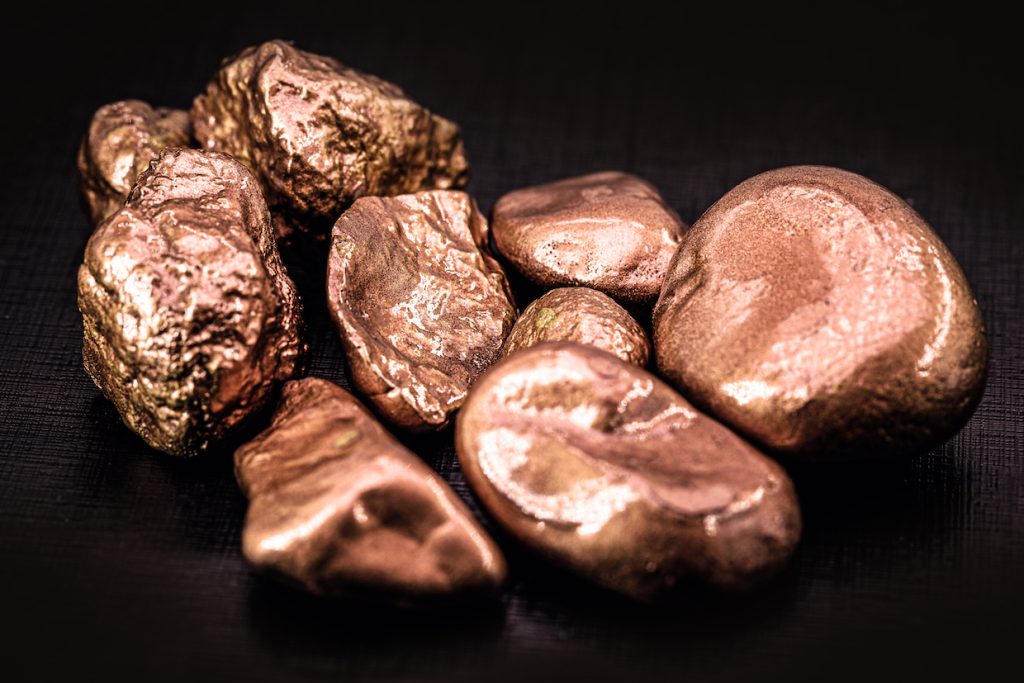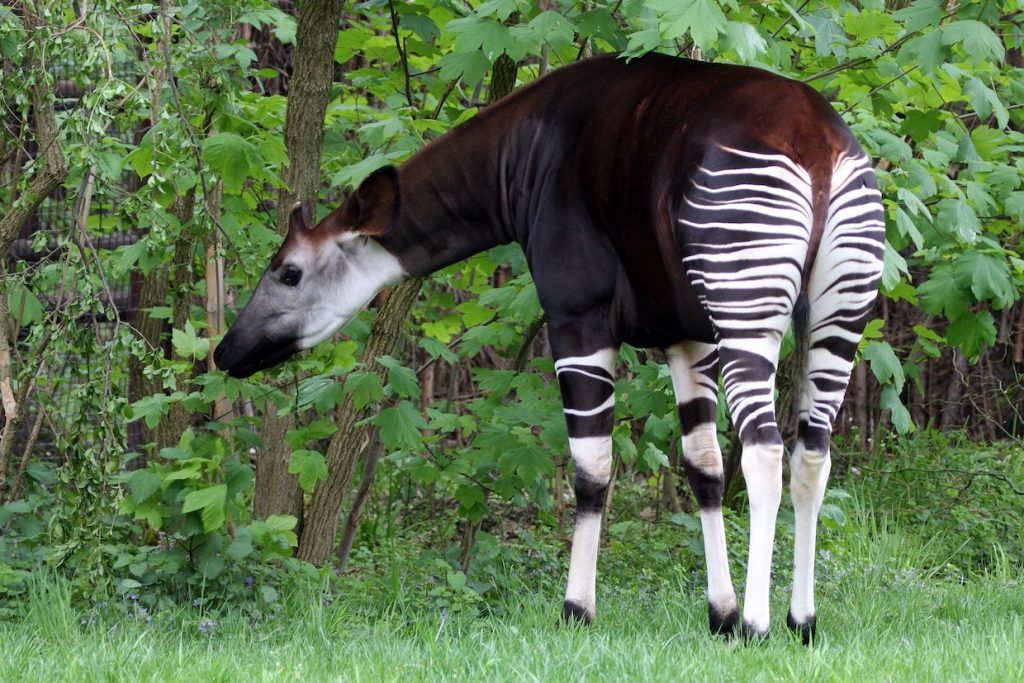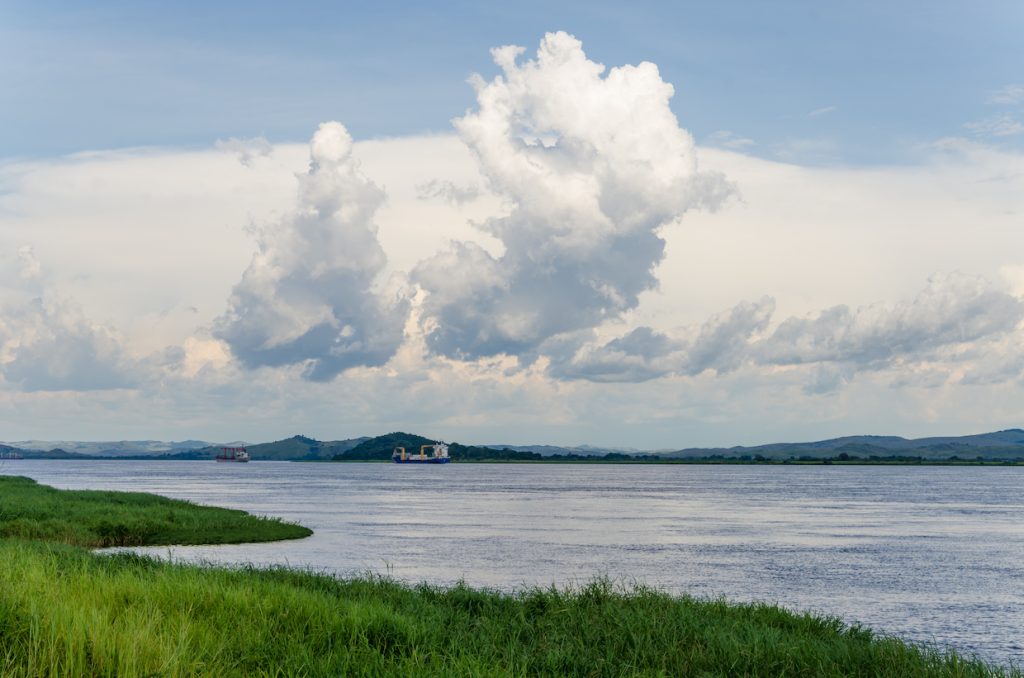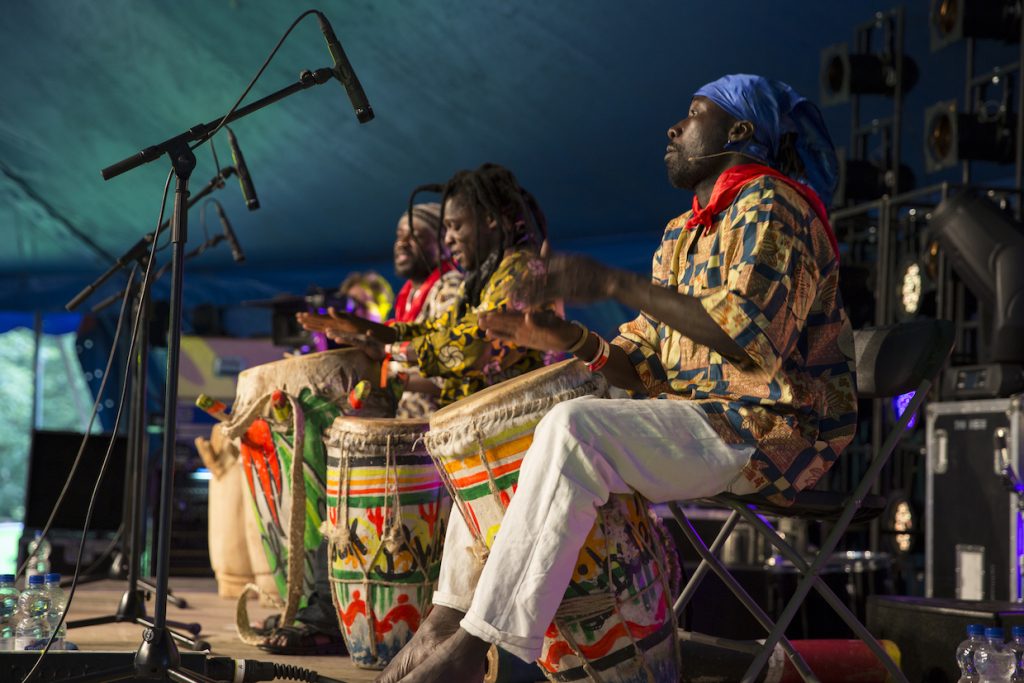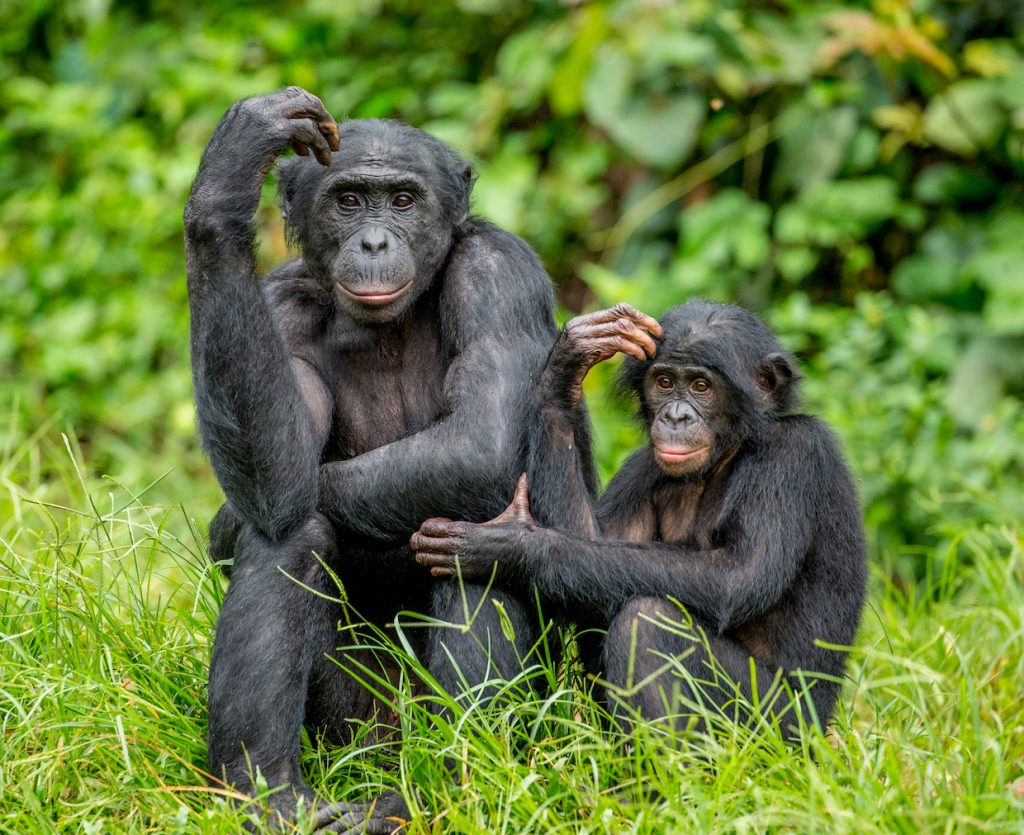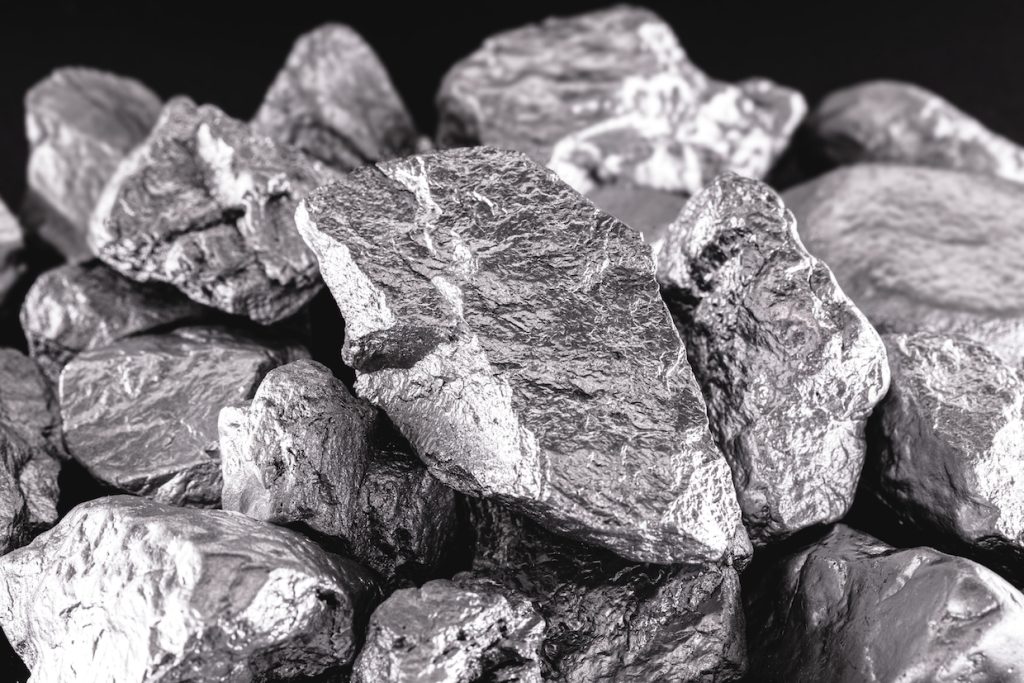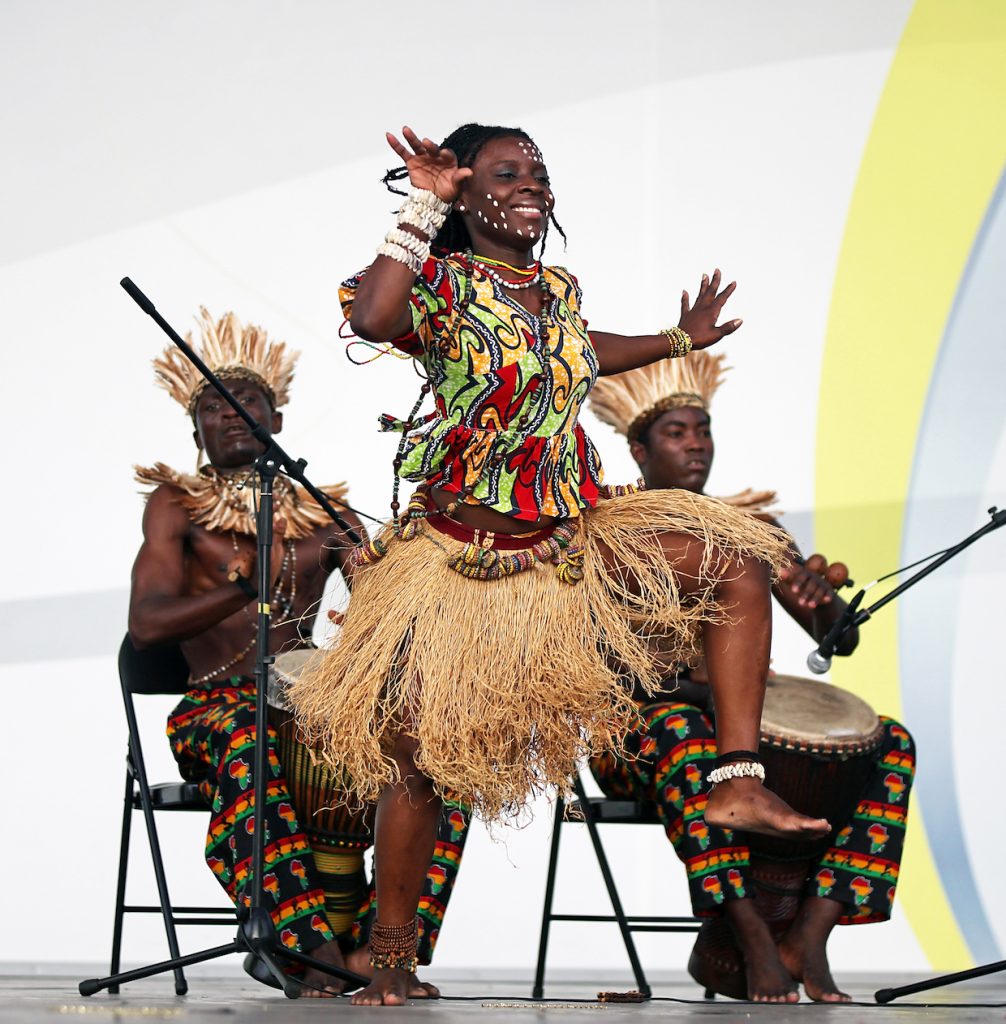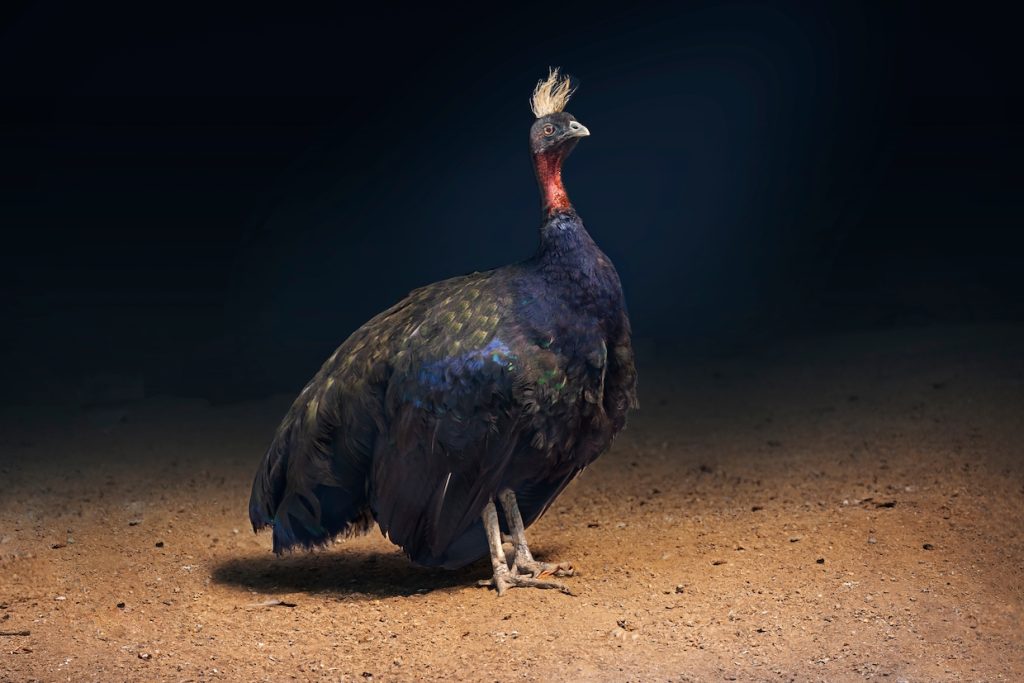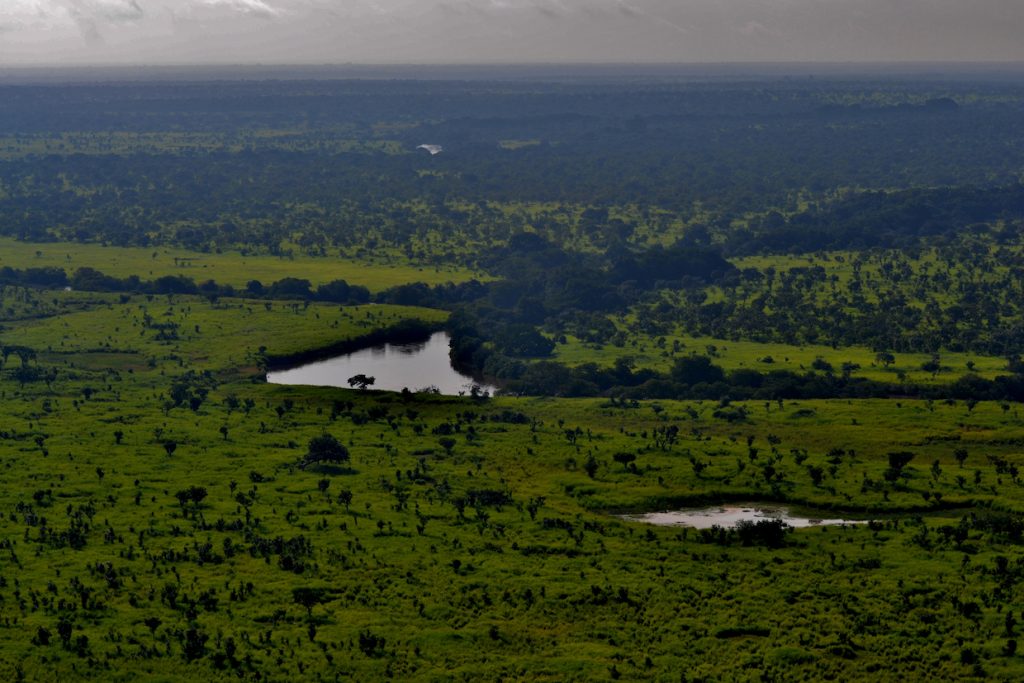Democratic Republic of Congo
- Population: 102 million (UN, 2023)
- Area: 2,345,410 sq. Km
- Nominal GDP: 55.35 billion USD (World Bank, 2021)
- GDP growth: 6.2 % (World Bank, 2021)
- Capital: Kinshasa
- Population growth: 3.2% (UN, 2023)
The Democratic Republic of Congo (DRC) is a country of incredible beauty and diversity. Located on both sides of the equator, the country holds the distinction of being the second largest country in Africa and is often compared to a sub-continent due to its vast size. With an area of 2.345 million square kilometers, it shares land borders with nine neighboring countries.
With its vast rainforests, rolling savannahs, and towering mountain ranges, the DRC is home to some of the most breathtaking landscapes on the African continent. Beyond its natural beauty, the DRC is also a country of immense cultural richness, with over 200 ethnic groups speaking a variety of languages and practicing a range of customs and traditions.
As the largest copper producer in Africa, it is home to the world’s largest reserves of cobalt, as well as significant reserves of diamond, lithium, gold, tin ore, oil, and Africa’s largest forest cover. The country is also a hotbed of high-quality species, making it a haven for timber transformation. The dominant species include Afrormosia, Wenge, Acajou, Tali, and Padouk, all of which are of exceptional quality.
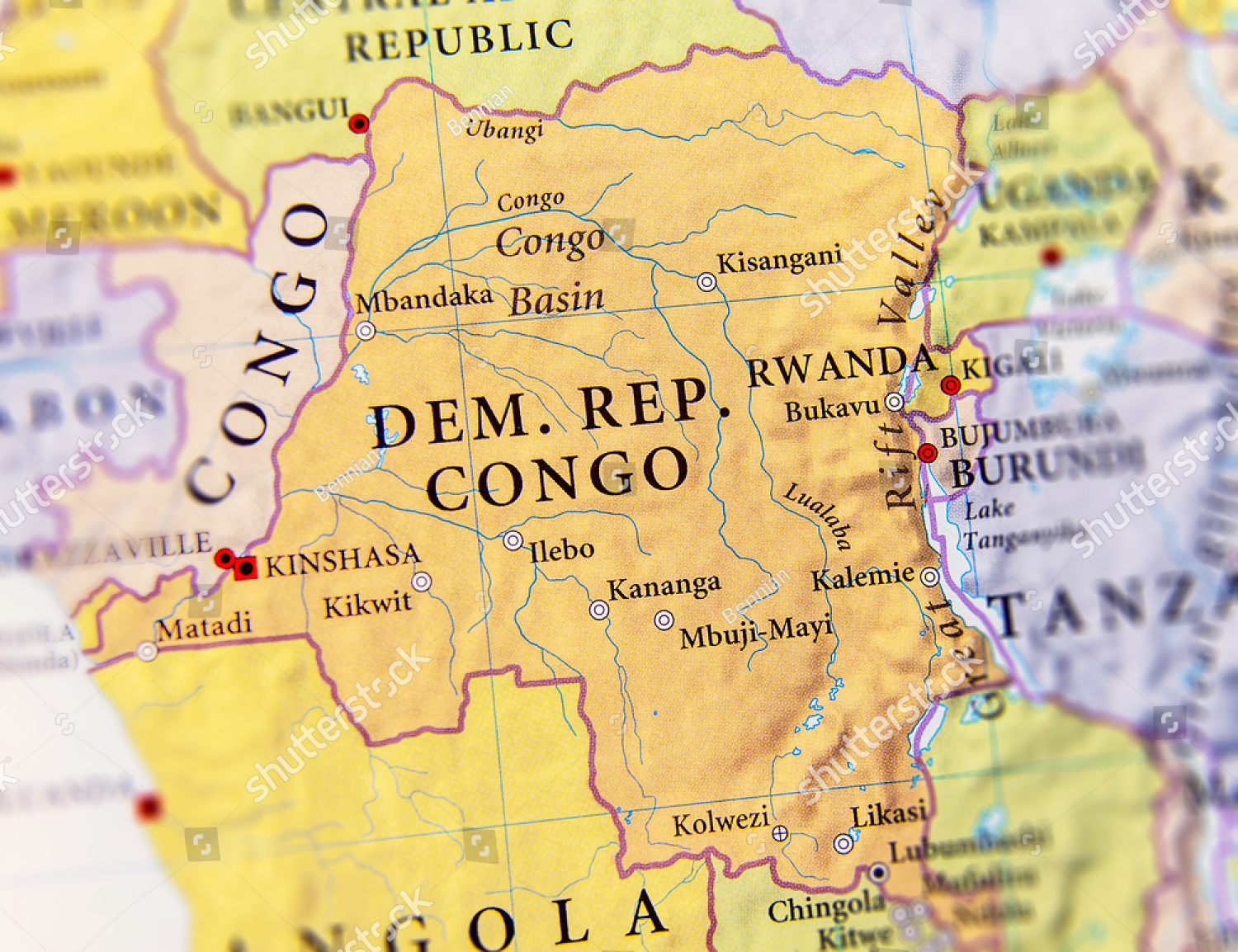
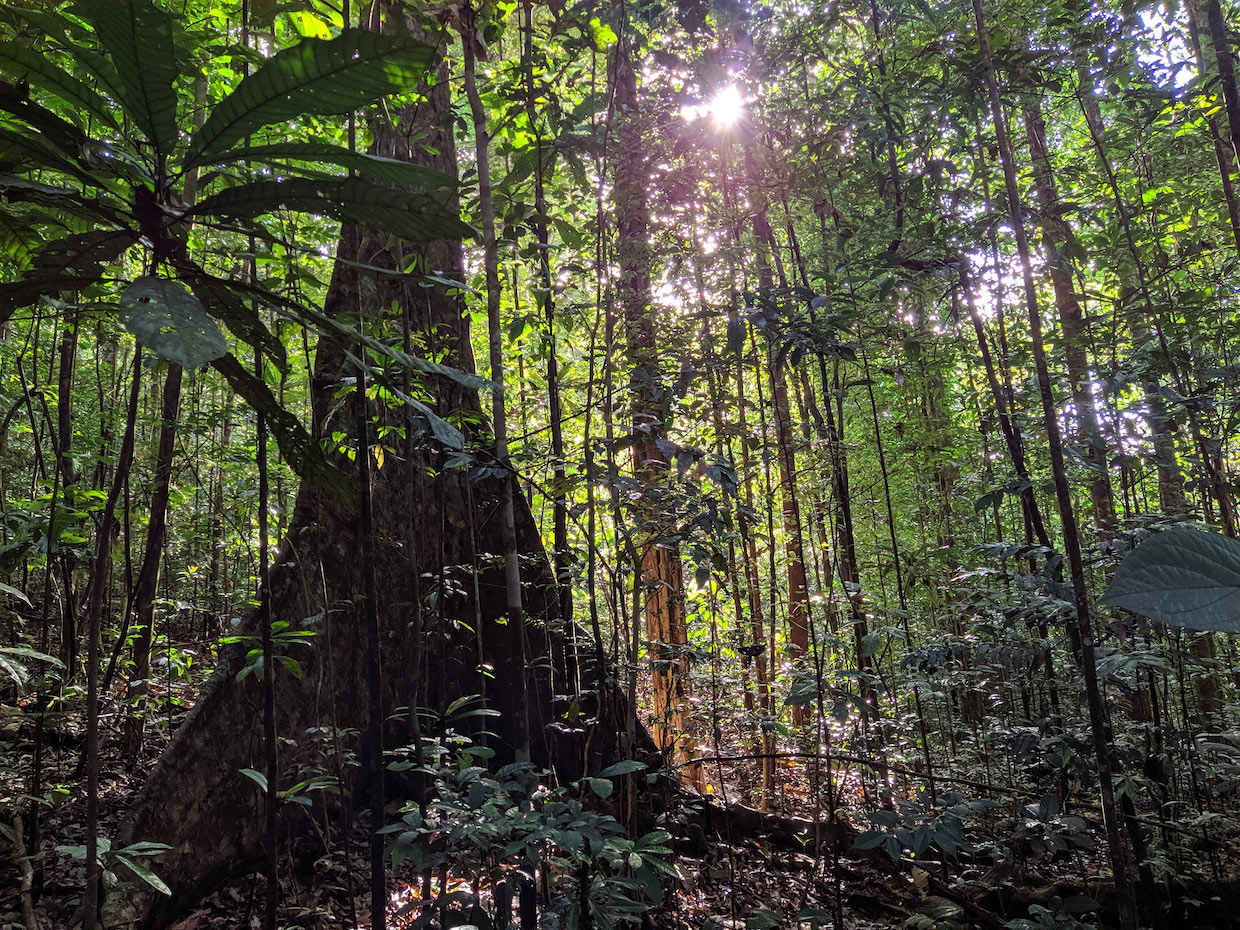
The DRC also harbours the world’s deepest river, the Congo River, and is home to the second-longest river in Africa, which provides a crucial hydrographic network. All in all, the DRC’s natural resources make it one of the most important and influential countries on the African continent.
The DRC is a country of immense potential, with a rich array of natural resources that have yet to be fully tapped. As the third largest producer of copper, first largest producer of cobalt, and fourth largest producer of diamond in the world, the DRC has a solid foundation in mining and minerals. But the country’s potential extends beyond just its mineral wealth. With Africa’s largest hydropower potential of about 100,000 MW and 6% of the continent’s gas and oil reserves, the DRC has enormous energy resources that can power its development for years to come.
Living in the DRC
Tourism, culture and heritage
The DRC is widely known for its astounding flora and fauna biodiversity. Over 2/3rd of the central African moist forests is drained by the Congo River and about 50% of Africa’s tropical forests falls within the DRC, thus playing a critical role in maintaining worldwide climatic cycles. It hosts spectacular endemic species worldwide among which Bonobos, Okapis, Congo peafowls.
The DRC is central Africa’s home to most UNESCO World Heritage sites. This includes the: Garamba National Park, Kahuzi-Biega National Park, Okapi Wildlife Reserve, Salonga National Park, Virunga National Park. The Congolese culture is extensively rich and has greatly contributed to African contemporary music culture.
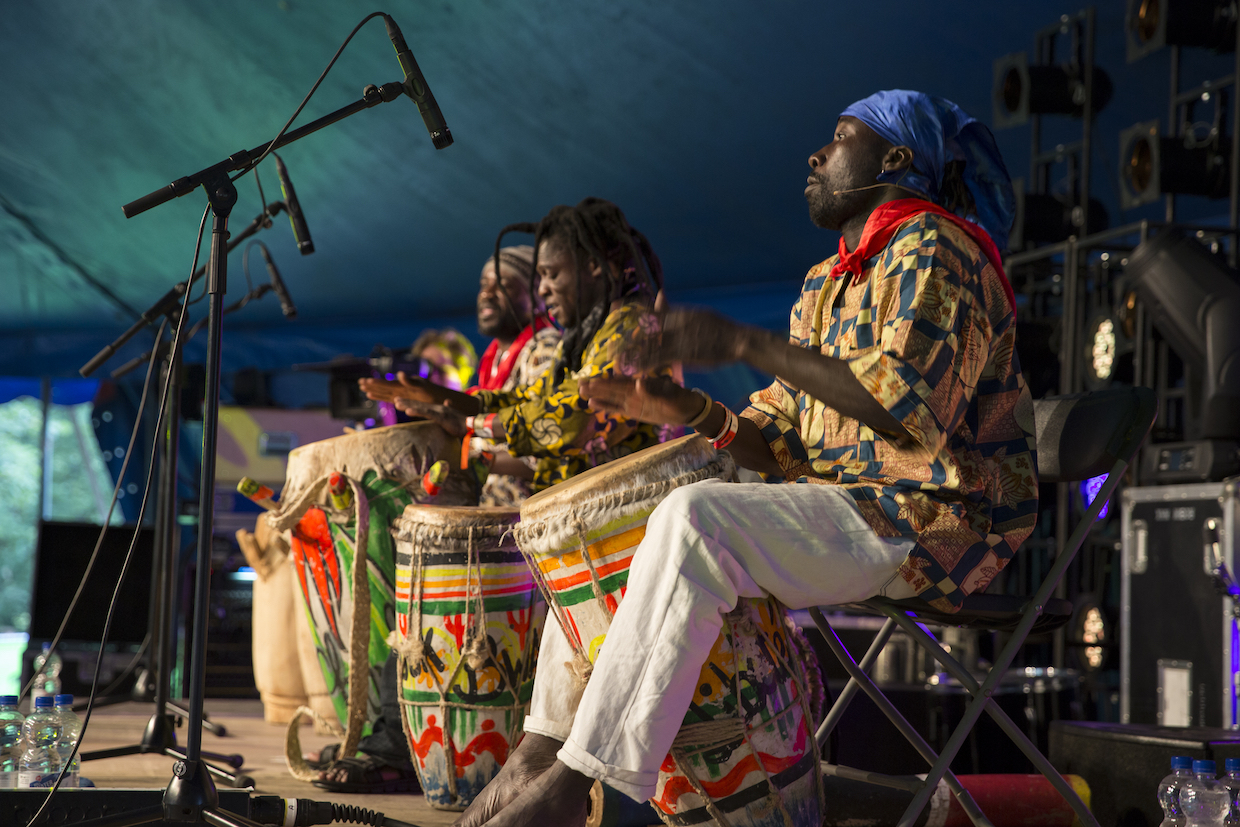

Lifestyle
Kin-Malebo SEZ is in Kinshasa, the country’s most developed city offering main services and amenities. The city is home to several international standard medical facilities, African, European, and Asian restaurants, high-end residential and commercial areas.
The site lies just west from the most popular wildlife and safari conservationist park in Kinshasa, Parc de la Vallee de la N’sele hosting rhinoceros, lions, chimpanzees, and others.

